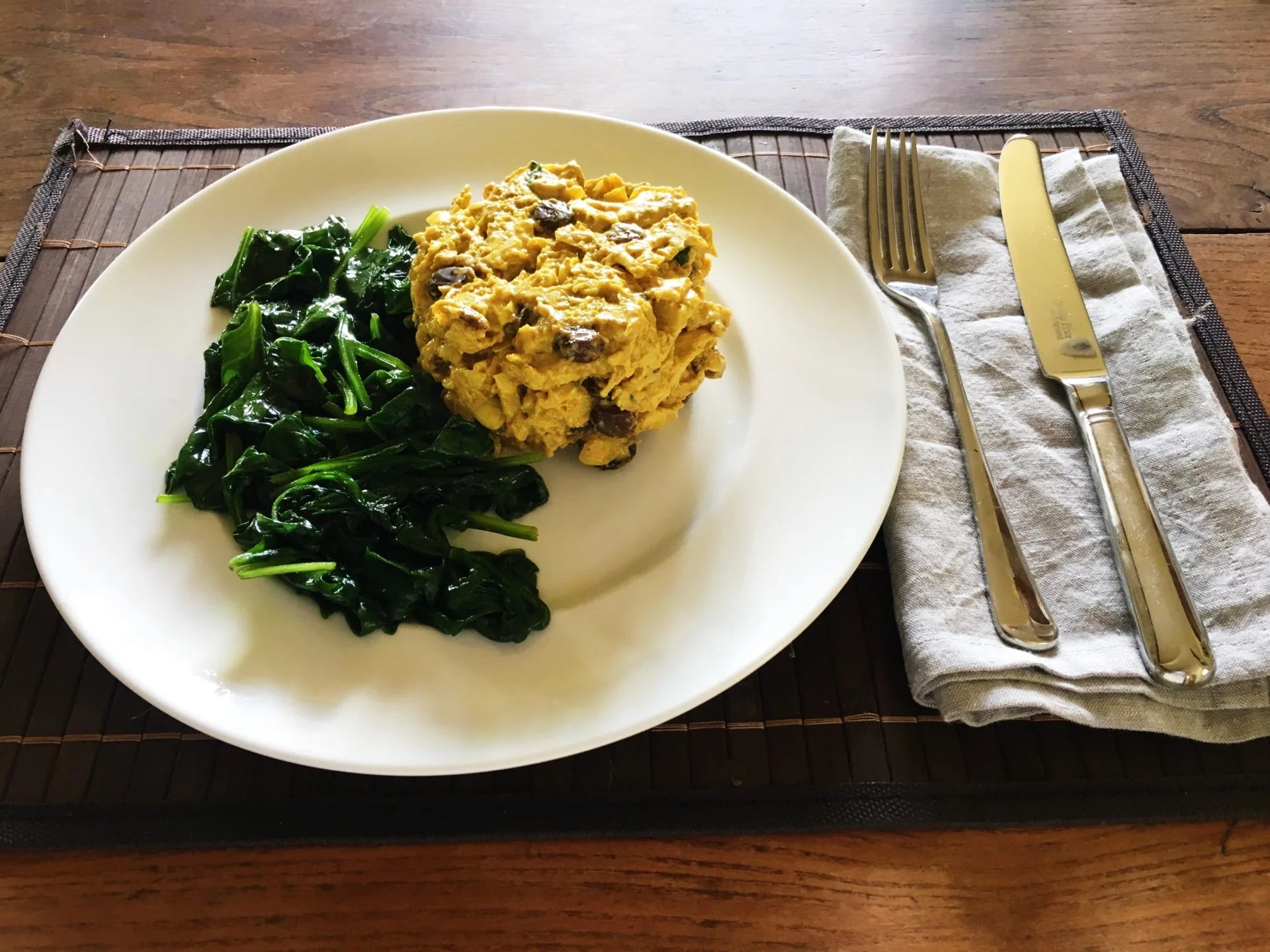|
The process for standard supermarket milk:
The cows are milked with the milk then chilled and stored under 5°C in the farm bulk tank. The milk tanker will collect it every day or every other day on its round, which includes other nearby farms, and transport it back to the factory where it will be held and mixed with milk from many more farms. It is then pumped through a homogeniser, which compresses the milk under very high pressure to force the fat globules out of their variable sized natural state and into a fine suspension in the milk, so it will not separate. The milk then goes through a standardiser, which is a cream separator that removes all the cream and then only adds back into the required fat content. After that, it enters the continuous flow pasteuriser where it’s heated up to 72°C for 15 seconds then cooled down to less than 5°C for bottling. It can take up to two weeks for milk to get from the cow to the supermarket shelf!
The temperature difference between the two processes can make a big difference to the taste of the milk even though it is only 7°C! Our milk will taste ‘sweeter’, with a mouthfeel a lot closer to raw milk. This also means our milk's taste, texture and even colour will fluctuate throughout the year as the cows' diet changes from forage to grass, this is completely natural and a good example for seasonal eating.
The homogenisation process was brought in by big dairy to make the milk on supermarket shelves look white and creamy and prevent any separation (cream rising to the surface). This extra process is for purely aesthetic reasons, all you need to do is give the bottle a quick shake so nobody fights over who gets the best bit!
Some consumers find they digest unhomogenised milk a lot better than homogenised milk and there are a few theories about the side effects of the unnaturally small particles in the latter being absorbed directly into the bloodstream during digestion but all we know for sure is that our milk tastes better!
Our current herd average for April so far is 4.7% butter fat and 3.5% protein. The fat content will drop as soon as the cows go out to grass as the lower fibre of spring grass reduces butter fat production.
More on milk next month!
|
